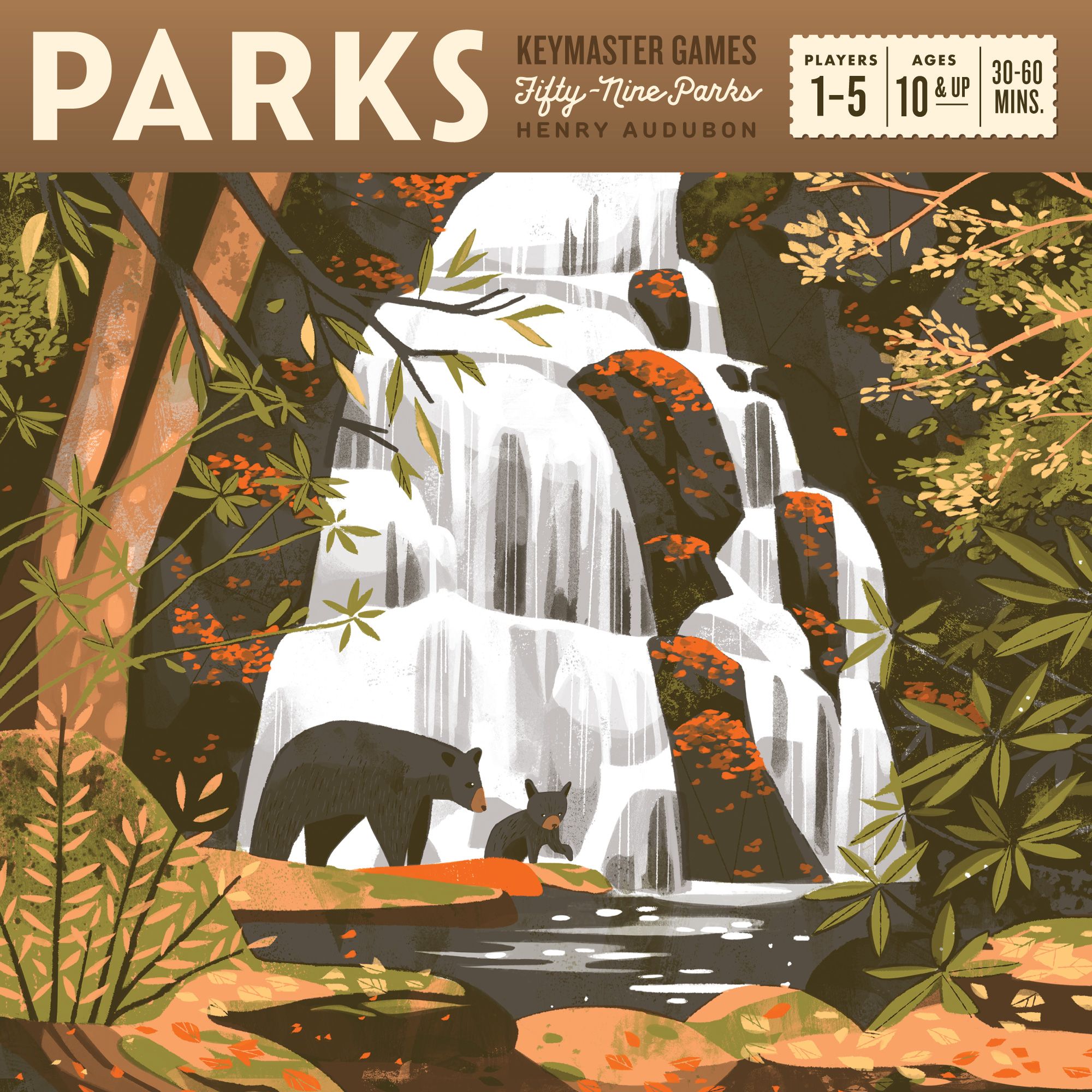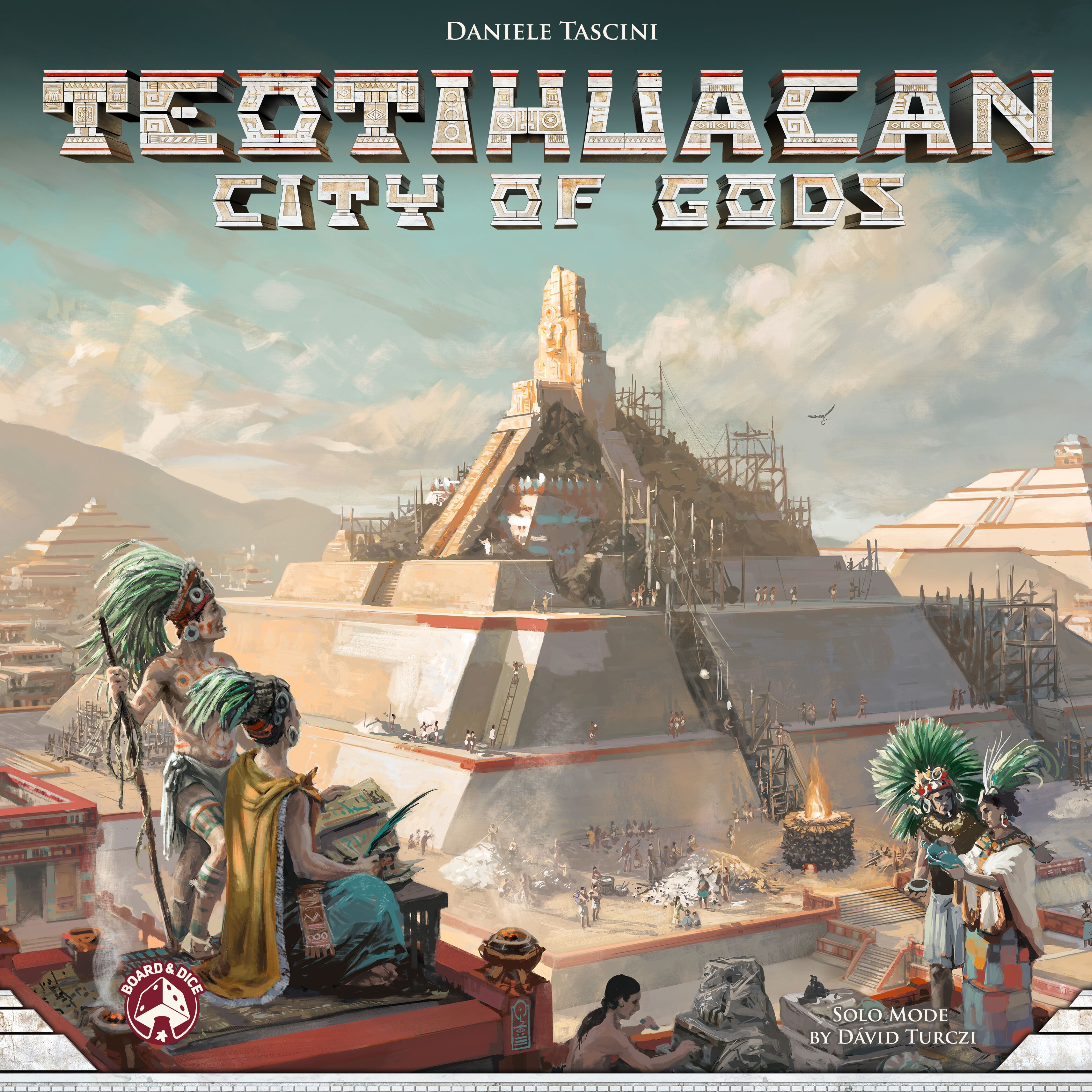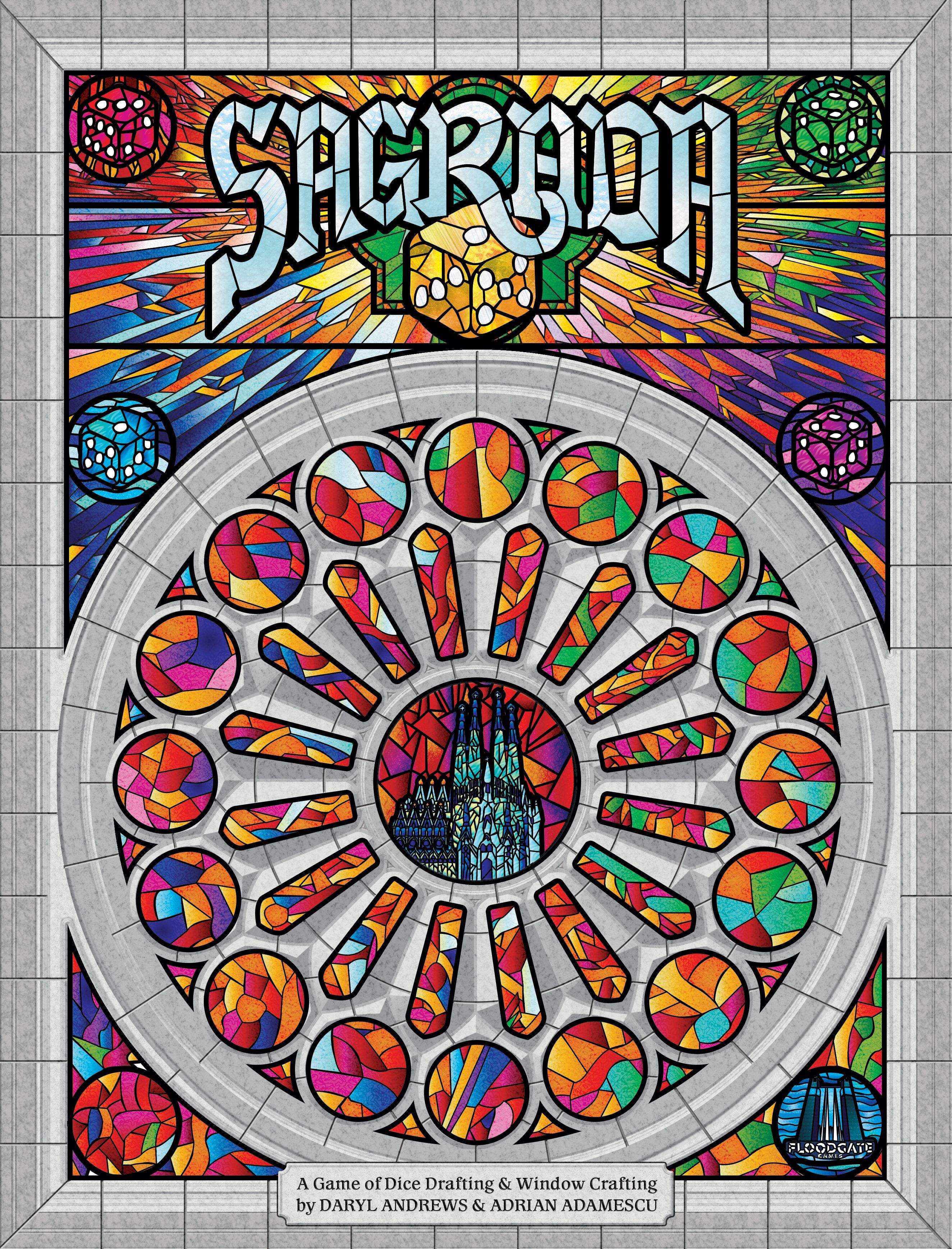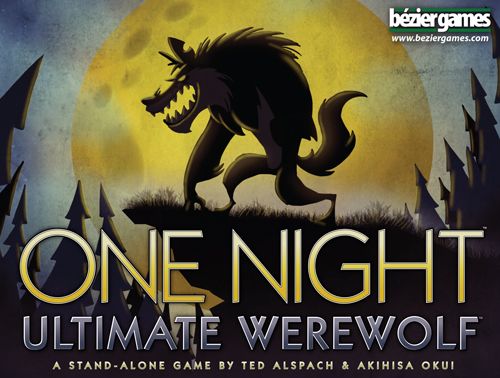The boundaries between worlds have drawn perilously thin. Dark forces work in the shadows and call upon unspeakable horrors, strange happenings are discovered all throughout the city of Arkham, Massachusetts, and behind it all an Ancient One manipulates everything from beyond the veil. It is time to revisit that which started it all…
In this game, you, on your own or with a friend (or up to three friends in this revised version), become characters within the quiet New England town of Arkham and work to investigate the recent strange happenings and solve the mysteries. You have your talents, sure, but you also have your flaws. Perhaps you've dabbled a little too much in the writings of the Necronomicon, and its words continue to haunt you. Perhaps you feel compelled to cover up any signs of otherworldly evils, hampering your own investigations in order to protect the quiet confidence of the greater population. Perhaps you'll be scarred by your encounters with a ghoulish cult.
With a revamped system of organization and a number of quality-of-life improvements, the box comes with everything you need to get your Arkham campaigns started, including enough cards and components for up to three other players to join you in your quest against the Mythos.
What Has Changed?
Support for up to four players with a single core set (the original core set supported only two players, meaning players needed two core sets to play with three or four players)
Two copies each of all 96 player cards from the original core set (the original core set included only one copy each of most of the player cards), with several featuring brand-new art, along with two copies each of 13 additional player cards previously released in expansions and not found in the original core set
An included cloth Chaos Bag for the chaos tokens (not included in the original core set)
New organization within the box's packaging, making it much easier to find the cards for the player decks and for each scenario than before
Additional quality-of-life improvements, such as new "3" and "5" numbered resource and clue/doom tokens and even a lead investigator token
Revised "Learn to Play" rulebook to allow new players to jump into the game more easily
This revised edition is 100% compatible with all material previously published. Players who have all of the content released before this revised starter set will not find any new cards; this set contains the same cards, just more copies of them (and some with new art). "Old-timers" can continue where they left off under the new two-boxes campaign format (replacing the old "deluxe expansion + mythos packs" format) starting with Edge of the Earth.
/pic7233518.jpg)
/pic7453138.png)
/pic5100691.jpg)

/pic6637421.jpg)
/pic6293412.jpg)
/pic5707830.jpg)


/pic3116341.jpg)
/pic6937964.jpg)
/pic5428585.jpg)
/pic7077185.jpg)
/pic3718275.jpg)
/pic2419375.jpg)


/pic2582929.jpg)

/pic6530423.jpg)
/pic4397932.png)
/pic4900321.jpg)
/pic7233515.png)
/pic5591129.png)
/pic7468800.png)
/pic6973911.jpg)
/pic7398904.jpg)
/pic7107431.jpg)